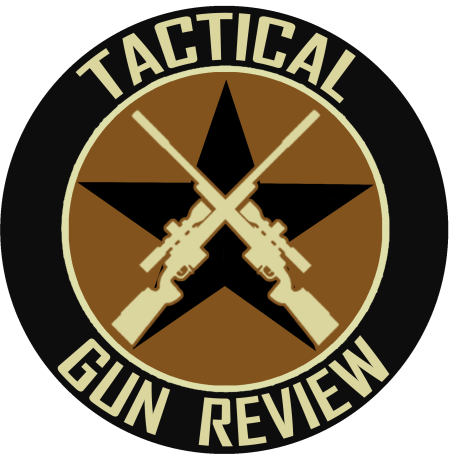
If you know where the vital organs are on a whitetail deer, you’ve got a good start. The heart, lungs, or a combination of the two are what you should be aiming for whether you’re using a bow or a rifle. But the exact aiming points to take a lethal shot change with the deer’s orientation. Here’s how you can properly take down your game when using a rifle or bow.
Position of the Heart and Lungs
When learning the position of the heart and lungs, the easiest way to imagine them is on a perfectly broadside deer. Between the shoulder blade and the last rib is where the heart and lungs lie, with the heart being closest to the shoulder blade. When using a bow, you don’t want to aim too near the shoulder blade. Even modern, heavy shoot arrows and fixed blade heads won’t penetrate the shoulder blade. Aiming 4-5 inches back from the shoulder crease gives you a good shot and an acceptable margin of error. If you end up a few inches forward, that’s OK. And if you end up shooting a few inches back you might hit the tail end of the lungs, liver, or both.
Sighting Using a Bow
Broadside
You’ll want to draw an imaginary line cutting horizontally through the deer’s torso. There’s the top half and the lower half. When aiming at the deer using a bow, the halfway point is a good shot. However, you might want to aim a few inches lower in case the deer makes a quick drop when you release your arrow. If the deer drops, you’ll hit center mass, and if it doesn’t, you’re still likely to hit the major organs.
Quartering Away
When your deer isn’t perfectly broadside, you’ll need to adjust your aim. If the deer is quartering away from you, you’ll still have a pretty straightforward shot. Adjust your aim back a few inches to get a lethal hit. If the angle is too great, you risk hitting the liver instead of puncturing the lung. It’s best to wait for a better shot.

Quartering-to
When the deer is quartering-to, the shot gets trickier because you’re faced with the shoulder blade in the middle of your aim. Any shot that forces your aim to be too close to the shoulder blade is a bad idea to attempt.
When getting ready for the hunt, be sure your bow is in optimal condition. Your bow string should be waxed and replaced regularly, depending on how often you shoot with it. Inspect the limbs of the bow for delamination. On compound bows, check to make sure your screws are tight before using.
Sighting Using a Gun
Taking down a deer with a rifle or even a pea-shooter caliber is simpler because you don’t have to worry about the shoulder blade. When the deer is broadside, you’ll want to hug the rear crease of the shoulder at the midpoint of the torso. You won’t have to compensate for when the deer drops. With quartering-away angles, you will aim the same as you would with a bow. For quartering-to angles, you can aim your sights at the shoulder and your shot should go straight through the blade and hit the heart or lungs.
Shots You Should Never Take
Our goal as hunters should be to take a deer down as quickly and humanely as possible, no matter how badly we want to put a trophy buck on the wall. There are three shots you should always pass on to avoid making the deer suffer.
Head Shots
You should never try to shoot a deer in the head. The head is a small target that moves often. Even if you think you’re a sharpshooter with a gun or a bow, the deer could move its head, giving horrifying results.
Texas Heart Shot
When a deer is facing away so you’re seeing more of its tail, don’t take the shot. You risk hitting the deer’s intestines resulting in an ugly death.
Full Frontal
When the deer is basically looking straight at you, the margin for error is slim. A slight miss can mean a difficult recovery of the deer.
We hope these tips for sighting and ethically taking down a deer help you fill your freezer and give you a conversation-starting trophy. Remember to always wear your blaze orange and practice safe hunting practices!
Latest posts by Tactical Gun Review (see all)
- Gun Safety for Beginners - October 8, 2024
- Five Glock Problems and How to Fix Them - January 14, 2024
- Tailoring Safety to Diverse Home and Vehicle Settings - December 12, 2023




Recent Comments